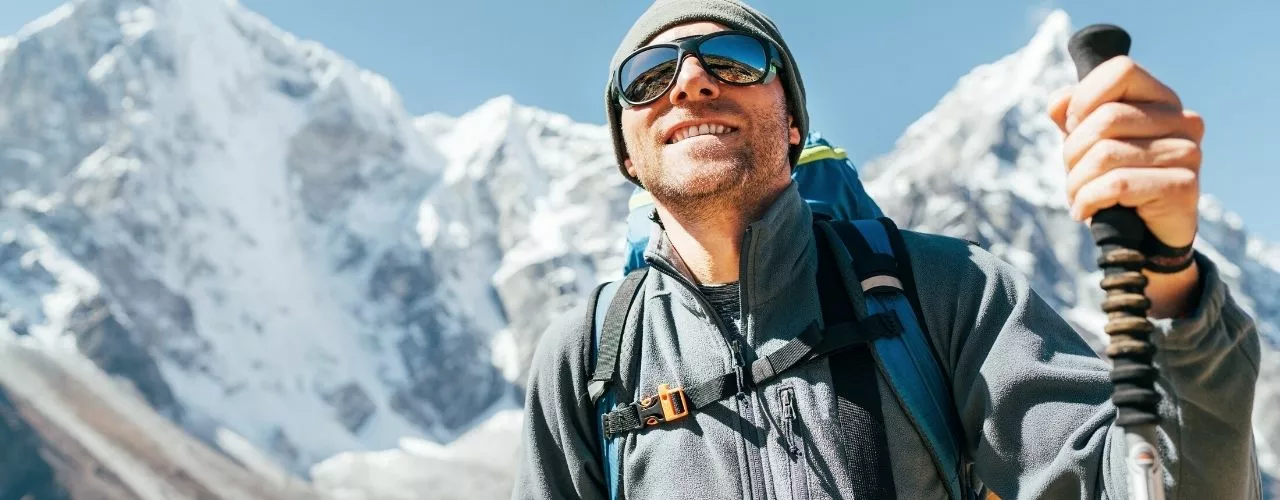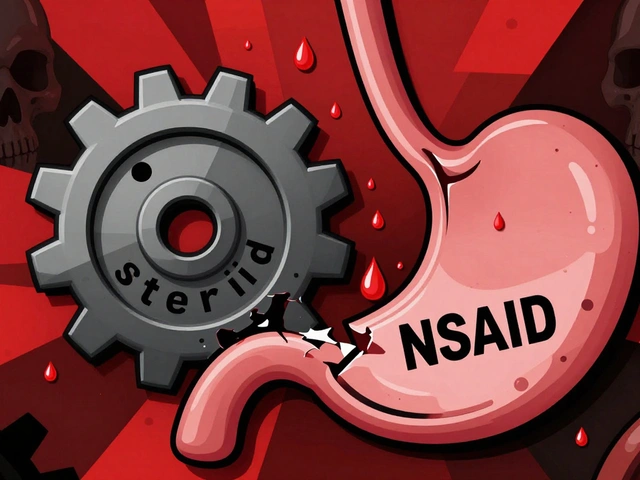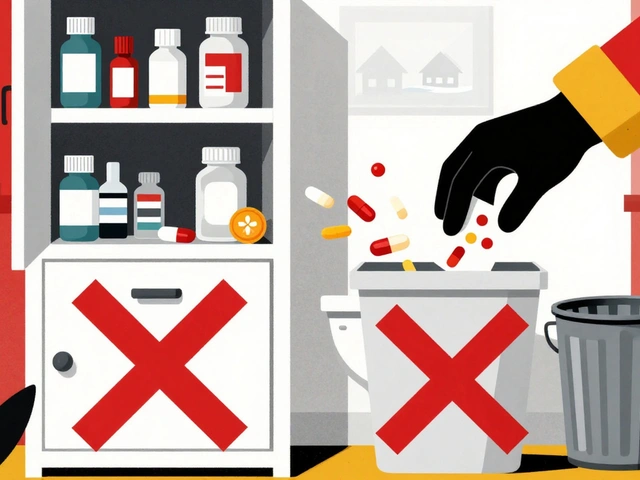Altitude: How to Prevent and Treat Altitude Sickness
High places can look beautiful — and hit you hard. Altitude sickness (acute mountain sickness, AMS) shows up when your body doesn’t get enough oxygen fast enough. You can feel fine at first and then have a bad headache, nausea, or trouble sleeping within a few hours. This page gives clear, practical steps you can use to lower risk and act fast if things get worse.
What to watch for
Common early signs: headache, nausea, dizziness, loss of appetite, fatigue, and trouble sleeping. These often start 6–24 hours after you climb above about 2,500 meters (8,200 ft). Severe problems are rare but serious: HACE (high-altitude cerebral edema) causes confusion, trouble walking, and severe headache; HAPE (high-altitude pulmonary edema) causes shortness of breath at rest, cough, and frothy spit. If you see confusion, clumsiness, severe breathlessness or a persistent cough, descend right away.
How to prevent it
Plan your ascent. Move up slowly — once you’re above 2,500 m, don’t sleep more than 300–500 m higher than the previous night. Use a day or two to acclimatize each time you gain a lot of altitude. “Climb high, sleep low” helps: hike higher during the day, come down to sleep lower.
Hydrate and eat carbs. Drink water regularly and avoid alcohol or sedatives for the first nights. Keep activity light the first 24–48 hours at a new altitude. Fitness helps overall health but doesn’t prevent AMS — even fit people can get it.
Medicines and gear
Acetazolamide (Diamox) is the most common prescription medicine used to prevent AMS. Doctors often recommend 125 mg twice daily starting a day before ascent and continuing for a couple of days at altitude, but check with your provider — it’s not for everyone (watch sulfa allergies). Dexamethasone can treat or temporarily control severe symptoms if descent isn’t immediate. Nifedipine is used for HAPE. Oxygen and rapid descent are the best treatments for serious cases.
Bring a basic kit: a pulse oximeter to check oxygen saturation, prescription meds if advised, oral rehydration salts, and a plan to descend. A portable hyperbaric bag (Gamow bag) is useful for remote rescues but requires training and support.
When to get help
If headache, nausea or dizziness get worse despite rest and slow descent, or if you have confusion, trouble walking, severe breathlessness, or cough producing frothy sputum — descend immediately and seek medical help. Don’t try to “tough it out.” Early descent saves lives.
Want more practical drug and travel tips for altitude? Check with your doctor before travel, and read our medication guides for details on acetazolamide, dexamethasone, and emergency options.

The Role of Hydration in Preventing Mountain Sickness
As a blogger, I can't stress enough the importance of staying hydrated when embarking on mountain adventures. Hydration plays a crucial role in preventing mountain sickness, which is caused by a lack of oxygen at high altitudes. Drinking plenty of water helps maintain proper circulation and aids in the acclimatization process. Additionally, staying hydrated can reduce symptoms like headaches, dizziness, and fatigue. So remember, pack your reusable water bottle and drink up when conquering those peaks!
read more




